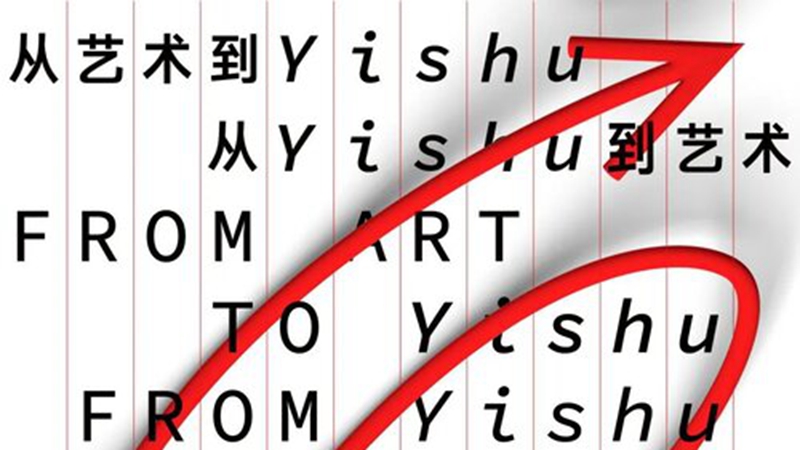Inside-Out Practice|Series of interviews with authors from Yishu #12

Julie Grundvig
Julie Grundvig is a professional writer, editor and research consultant with over twenty years experience living, working and traveling in the greater China region. She holds an MA from the University of British Columbia in pre-modern Chinese studies, with a focus on Chinese literature, history and religion. She has also completed postgraduate work in art education and museum studies.
Julie currently writes for Fodor’s Travel and has contributed to eight books for Lonely Planet Publications. She has published articles internationally in various journals and magazines. She has been the Associate Editor of Yishu: Journal of Contemporary Chinese Art since 2002. Julie is a member of the National Association for Interpretation.
1. When and how have you come into contact with Chinese (contemporary) art and culture?
I’ve been travelling to China since 1992 and have lived for lengthy periods in Beijing and Xi’an. I also lived in Taipei, Taiwan. I was a China-based travel writer for a number of years and frequently wrote about China’s developing art and cultural scene.
2. When did you join Yishu’s editorial team and what does your job include? How did you collaborate with other team members?
I was with Yishu from the very beginning. I started with the journal in 2002 as the first editor working with Ken Lum and Zheng Shengtian and continued until December 2020. For the first few years of Yishu, we met a lot in person but as time went on we spent less time together and more time communicating online. At the beginning of Yishu, my work involved contacting artists and trying to create a systematic way of organizing and editing articles. Later, my job involved copyediting and proofreading articles and fixing a lot of Pinyin.
3. In what ways do you think Yishu distinguishes itself from other art publications and journals? What is particularistic about Yishu?
We were the first English-language journal on contemporary Chinese art. Even though many of our articles were translated from Chinese, we wanted to make sure that the artists and critics who contributed to the journal were heard authentically. We were very careful in the editing process to not neutralize their voices.
4. In the process of editing, what do you enjoy or benefit the most from?
Because I was with Yishu for so long, I had the opportunity to witness the growth of many artists and writers who contributed to the journal.
5. The inaugurating issue of Yishu in 2002 posed a series of questions to prominent art practitioners in Chinese contemporary art. Now that Yishu has arrived at its milestone of 100 issues, we’d like to pose some of these questions back to you: What are your thoughts regarding the situation of art and culture in China today? What does Chinese art and culture mean to you? What does “China” mean to you?
I’m not sure if I could answer that question then or now, as the concept of China and Chinese art and culture is ever-changing and complex.
6. What do you think of the relationship between Yishu and art criticism in China over the years? What kind of criticism has Yishu fostered and promoted?
I think Yishu has been essential, especially in the beginning, of initiating and fostering dialogue about Chinese contemporary art in a way that many English readers had never encountered before.
7. We have learned from Zheng Shengtian that all editorial staff work part-time. Besides as an editor at Yishu, what other activities and practices do you engage in?
I am no longer an editor of Yishu, due to COVID and budgetary concerns. I am a writer, editor, and also work as a museum archivist and librarian. In addition, I sit on the board of a long-standing Canadian arts organization.
Interview Planning: Liu Yusi, Huang Wenlong
Interview Translation:Liu Qian
Proof-reading:Ninjia, Zhang Ligeng, Huang Wenlong
Post Editing: Liu Qian
Design: Onion


Leave a Reply